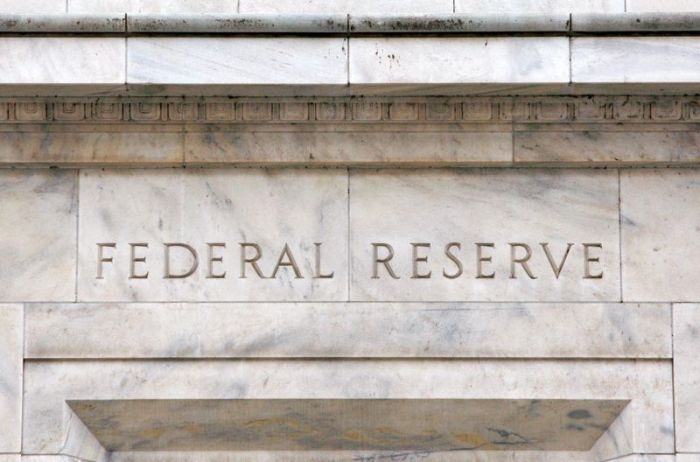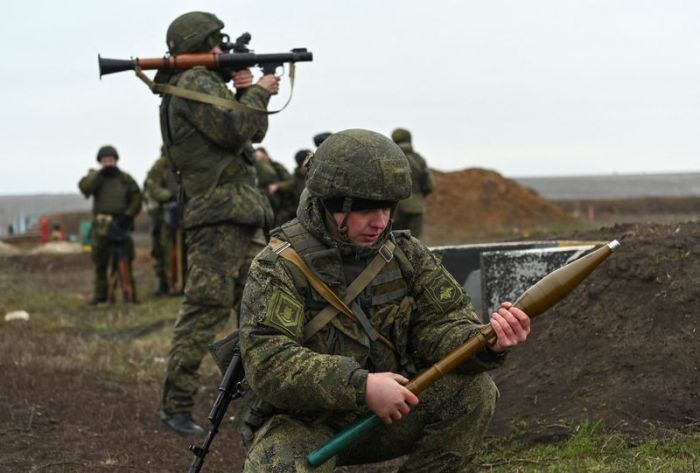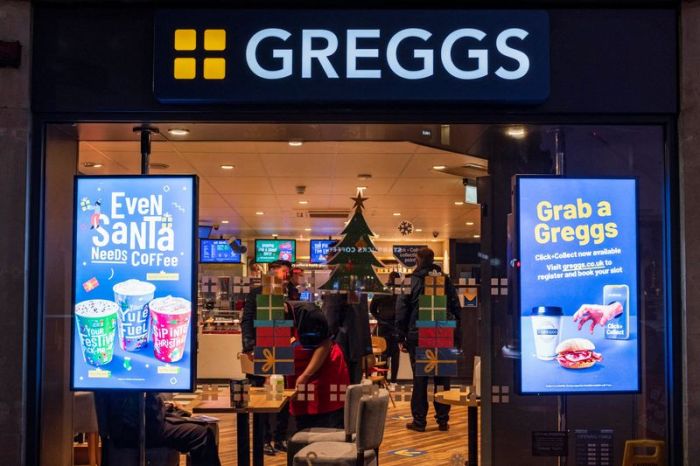NEW YORK (Reuters) – Oil prices rose about 2% on Thursday, extending their new year’s rally, on escalating unrest in OPEC+ oil producer Kazakhstan and supply outages in Libya.
Brent crude futures rose $1.19 cents, or 1.5%, to settle at $81.99 a barrel, after hitting their highest since late November. U.S. West Texas Intermediate (WTI) crude gained $1.61, or 2.1%, to $79.46. The contract touched a session high of $80.24.
Russia sent paratroopers into Kazakhstan to help quell a countrywide uprising after deadly violence spread across the tightly controlled former Soviet state.
There were no indications that oil production in Kazakhstan has been affected so far. The country produces about 1.6 million barrels of oil per day.
Meanwhile in Libya, oil output was at 729,000 barrels per day, the National Oil Corp said, down from a high of more than 1.3 million bpd last year, owing to maintenance and oilfield shutdowns.
Global benchmark Brent’s six-month backwardation stood at about $4 a barrel, its widest since late November. Backwardation is a market structure where current prices trade at a premium to future prices and is usually a sign of a bullish market.
Prices have rallied since the start of the year despite OPEC+ sticking to an agreed output target rise and a surge in U.S. fuel stockpiles.
“OPEC production, while it did increase, disappointed the market – it is not going to be enough to keep up with demand,” said Phil Flynn, an analyst at Price Futures Group in Chicago.
OPEC+, a group that includes members of the Organization of the Petroleum Exporting Countries, Russia and other producers, agreed on Tuesday to add another 400,000 bpd of supply in February, as it has done each month since August as it gradually relaxes 2020’s cuts as demand recovers from the pandemic.
However, the increase in OPEC’s output in December has again undershot the rise planned under the OPEC+ deal, a Reuters survey found on Thursday, highlighting capacity constraints.
JP Morgan forecast Brent to average at $88 a barrel in 2022, up from $70 last year.
“Our reference case now assumes the alliance will fully phase out the remaining 2.96 million bpd of oil production cuts by September 2022,” the bank’s analysts said in a note.
Government data on Wednesday showed that U.S. gasoline inventories surged by more than 10 million barrels last week, the biggest weekly build since April 2020, as supplies backed up at refineries because of reduced fuel demand. [EIA/S]
Crude inventories in the United States, the world’s top consumer, have fallen for six consecutive weeks by the end of the year to 417.9 million barrels, their lowest since September, the data showed.
U.S. crude futures suggest supplies will remain tight early in the new year. A barrel of oil for delivery in June is selling at a $4.10 premium to a barrel for delivery in December, the highest since Nov. 2, a signal of near-term rising demand.
Meanwhile, the world’s top oil exporter, Saudi Arabia, cut the official selling price for all grades of crude it sells to Asia in February by at least $1 a barrel, three sources with knowledge of the matter said.
(Additional reporting by Florence Tan, Naveen Thukral, and Ahmad Ghaddar; Editing by Marguerita Choy, Alexandra Hudson)























